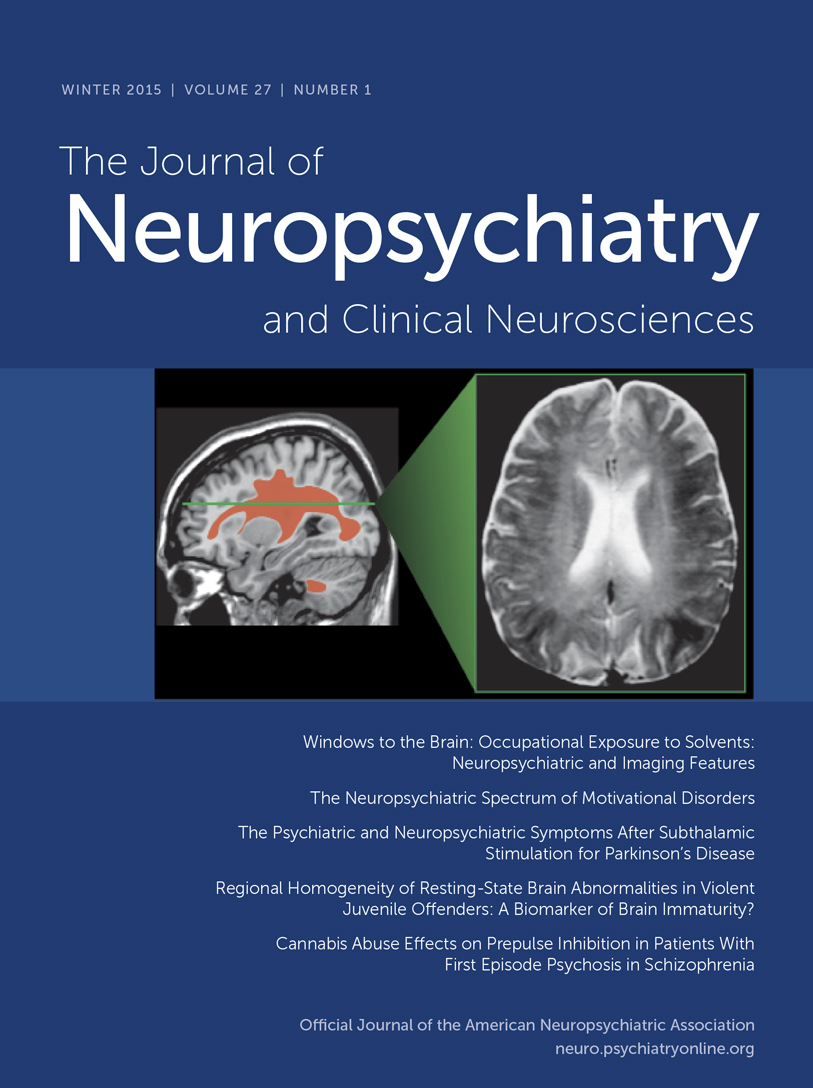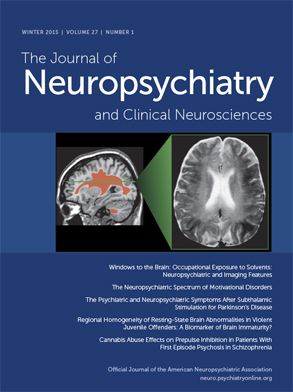To the Editor: Huntington’s disease (HD) results from a CAG trinucleotide (polyglutamine, polyQ) repeat expansion in the
HTT (formerly
IT15) gene located on chromosome 4p (OMIM#143100), which encodes the huntingtin protein.
1 Normal alleles have 9–26 repeats, affected individuals have ≥36 repeats, whereas 27–35 repeats have been termed intermediate. Intermediate alleles have been defined as below the affected CAG repeat range but with the potential to expand into the disease range within one generation. However, a growing number of individuals with intermediate alleles and clinical features of HD have been reported.
Case Report
A 69-year-old woman developed involuntary movements in her arms and legs, which could not be suppressed by an effort of will. On neurological examination these were evidently choreoathetoid movements. Her neurological examination was otherwise unremarkable (normal eye movements, no tongue impersistence) aside from some mild slurring of speech and gait ataxia. There was evidence of current depression with some suicidal ideation, but cognition appeared intact (not formally tested) despite some subjective memory impairment. In the family history, the patient’s mother was said to have Alzheimer’s disease of late onset, but there was no family history of either movement of psychiatric disorder.
A large number of investigations for a symptomatic cause of chorea were undertaken, all proved negative or normal, including blood films for acanthocytes, thyroid function, antistreptolysin O titers, autoantibodies including antinuclear antibody (ANA), extractable nuclear antigen, double stranded DNA, antineutrophil cytoplasmic antibody, thyroid peroxidase and thyroglobulin, antineuronal antibodies, antibasal ganglia antibodies, N-methyl d-aspartate receptor antibodies, structural magnetic resonance brain imaging and CSF analysis.
Genetic testing for Huntington’s disease showed one HTT allele with less than 27 CAG repeats (normal) and one with 28±1 CAG repeats, hence, falling into the intermediate size range. This was confirmed on repeat testing. Based on this result, clinical genetics consultation concluded that a diagnosis of HD was very unlikely in this patient.
She was treated empirically with tetrabenazine, which affected reasonable control of her movements but was complicated by increasingly unsteady gait and mild parkinsonism and exacerbated her depression.
All three of the patient’s children underwent predictive testing for HD after appropriate genetic counseling, and all proved negative.
Discussion
The differential diagnosis of choreiform movements is very broad,
2 but many causes were excluded by the negative investigations in this case. It is possible that this patient could be a HD phenocopy, but the clinical features were not suggestive of one of the recognized HD-like syndromes.
3Another diagnostic explanation is a manifesting intermediate allele of HD. There is emerging evidence that patients with intermediate alleles may develop a HD phenotype.
4 A number of case reports of individuals with 27–34 CAG repeats with HD phenotype have appeared.
5–10 Because there is a significant inverse relationship between CAG repeat length and age at clinical onset of HD, it is not surprising that many of these cases were of late-onset, in the 60s and 70s,
5,6,8,10 as in the current case. Moreover, HD associated with intermediate alleles may be relatively mild; for example cognitive function was reported to be preserved in the patients reported by Herishanu et al.
7 More information on this point has emerged from a prospective study of adults at risk for HD (PHAROS), which identified 51 of 983 patients with intermediate alleles. At the group level, these individuals were found to have significant behavioral abnormalities on the Unified Huntington's Disease Rating Scale, specifically apathy and suicidal ideation, but normal motor and cognitive measures.
11Taken together, this case and those previously reported in the literature illustrate that patients with CAG repeats in the intermediate range may be at risk of developing HD, albeit possibly of late onset and in a mild form. This observation has very significant implications for diagnosis and genetic counseling because individuals with intermediate alleles can no longer be reassured that they are “disease free,” as was the case in this patient. Many unanswered questions remain with respect to which individuals with intermediate alleles will develop HD phenotype, not the least of which is whether there are modifier genes that increase the risk of clinical manifestation.

